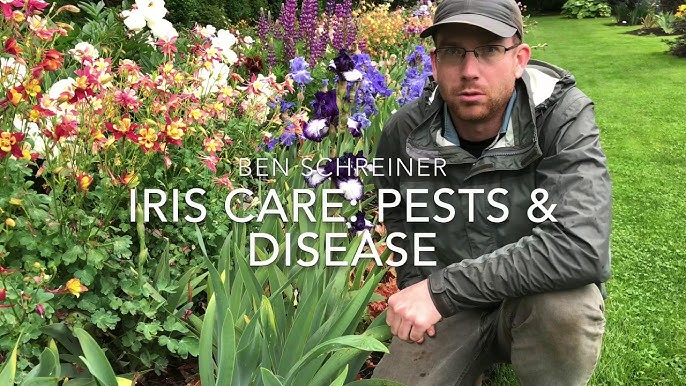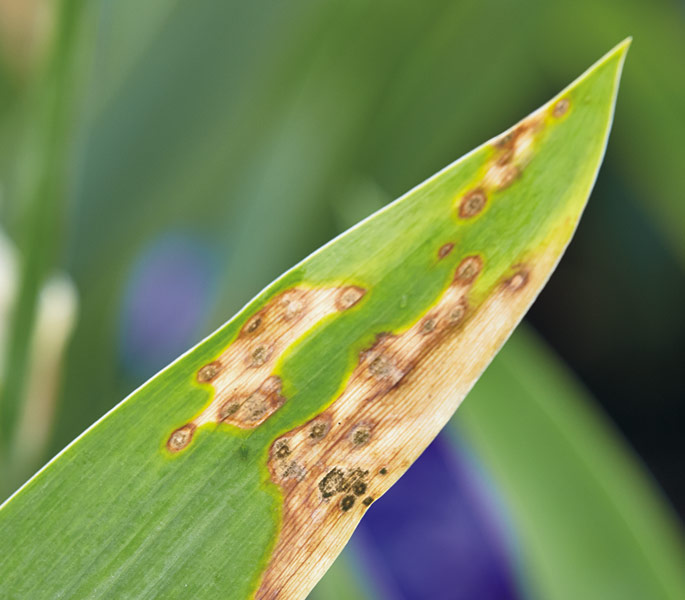Okay, so you want to know about my little adventure with iris pests and diseases? Let me tell you, it wasn’t all sunshine and rainbows. I’ve got a nice little patch of irises in my backyard, and I love them, but this year was a bit of a battle.
The Beginning: Noticing the Problems
It all started with me just admiring my flowers, as usual. Then, I noticed something was off. Some of the leaves had these weird, yellowish spots. Didn’t think much of it at first, you know, maybe just a bit of sunburn or something. But then, more spots appeared, and some leaves started to look kinda… mushy.

Digging Deeper (Literally and Figuratively)
So, I got down on my knees and started to really examine things. I’m no expert, but I know enough to know that mushy leaves are usually a bad sign. I gently pulled at one of the affected leaves, and yuck – it came right off, and the base was all soft and rotten.
- First sign: Yellowish spots on the leaves.
- Second sign: Mushy leaves, especially at the base.
- Uh-oh moment: Leaves easily pulling off with rot.
The Investigation
That’s when I started doing some serious searching on the internet. “Iris leaves turning yellow,” “iris leaves rotting,” things like that. Turns out, there are a whole bunch of things that can go wrong with irises! I read about bacterial leaf blight, fungal infections, and even some nasty little critters that like to munch on them.
I compared the pictures online with what I was seeing in my garden. It looked a lot like bacterial leaf blight, with those water-soaked spots that turn yellow and then brown. But I also saw some tiny holes in a few leaves, which made me think I might have some iris borers too. Those little buggers!
Taking Action (and Hoping for the Best)
Knowing what I might be dealing with, I decided to take action. First, I carefully removed all the affected leaves. I mean, all of them. Even the ones that just had a tiny spot. I bagged them up and threw them in the trash – definitely didn’t want to compost that mess and risk spreading the problem.
Then, I went to my local garden center. I showed them some pictures I’d taken (always take pictures!), and they recommended a copper-based fungicide. Apparently, that can help with bacterial leaf blight. They also suggested I check the soil drainage, because soggy soil can make things worse.
The Waiting Game (and Ongoing Maintenance)
I sprayed the irises with the fungicide, following the instructions carefully. I also made sure to water them at the base, not on the leaves, to keep them as dry as possible. And I started checking them every few days, looking for any new signs of trouble.
It’s been a few weeks now, and I’m seeing some improvement! There are fewer new spots, and the plants seem to be perking up a bit. I know it’s not a quick fix, and I’ll probably have to keep an eye on things for a while, but I’m feeling optimistic. I learned that early detection is key and taking prompt actions is critical.

Fingers crossed, my irises will be back to their full glory soon!




















